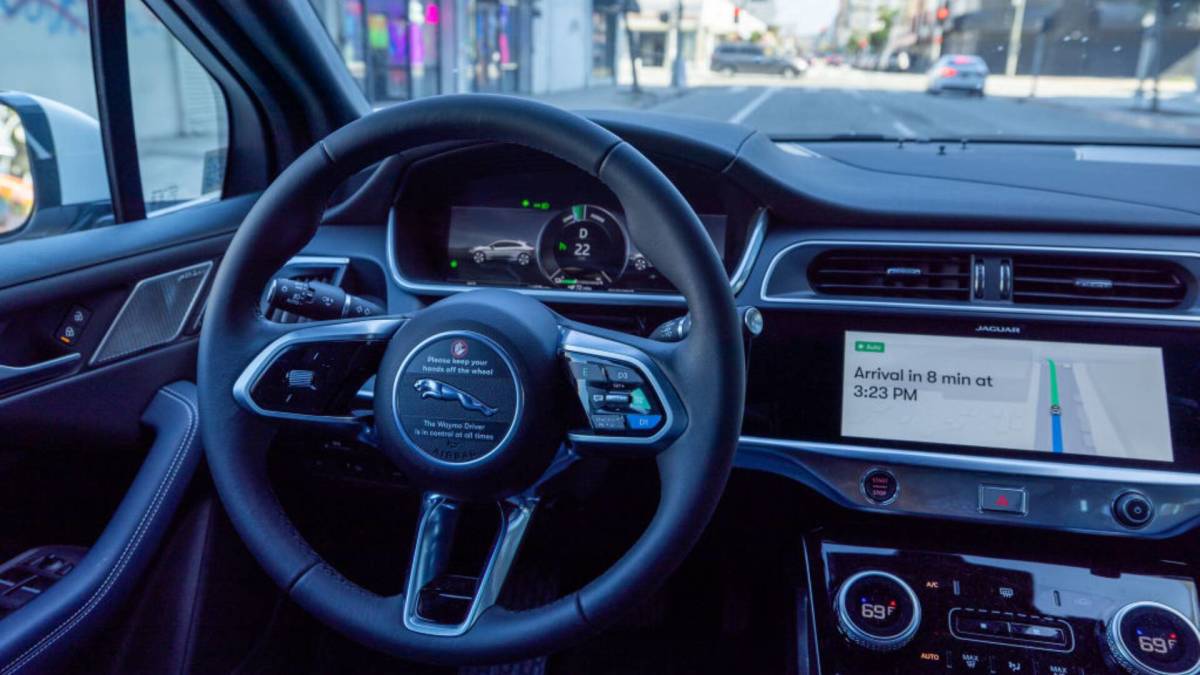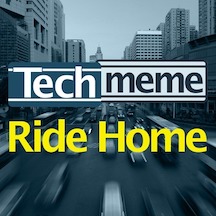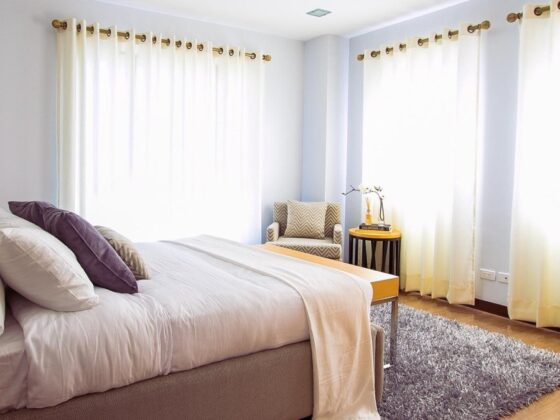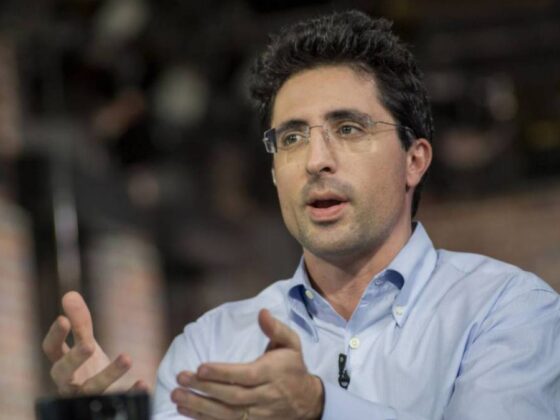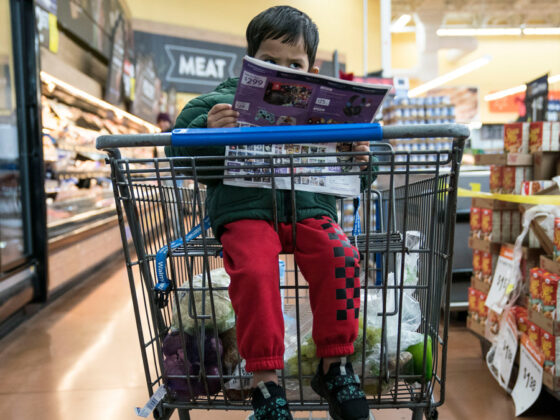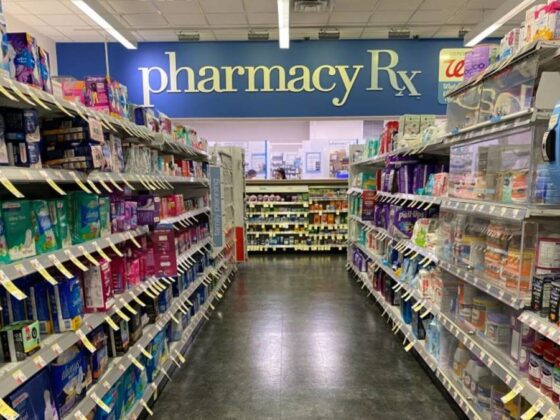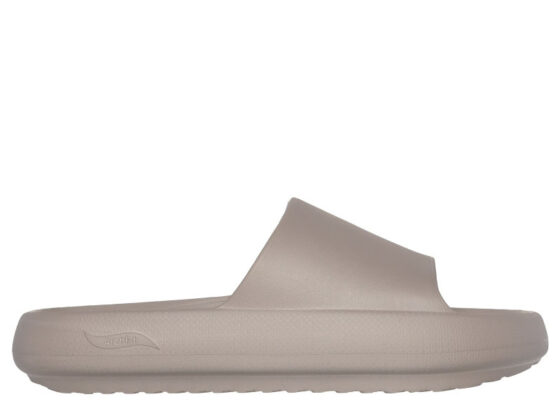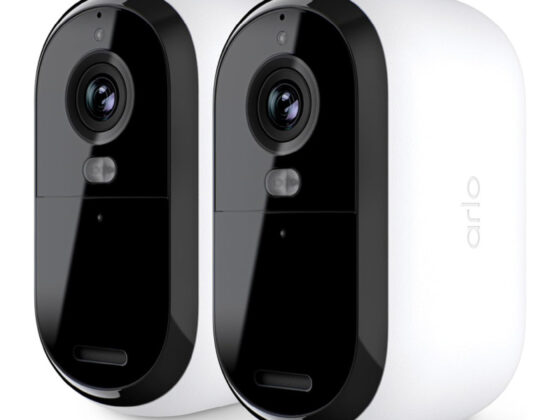Tesla (TSLA) may have started the robotaxi race running behind Waymo, but it has taken the lead in the pair's hometown of San Francisco.
Silicon Valley, located in the San Francisco Bay Area, is the home of both Tesla and Waymo, as well as Waymo's parent company, Alphabet.
After years of beta testing in the city, Waymo finally made Waymo One (think Uber, but for autonomous vehicles) available to the public in June 2024.
Related: Alphabet's Waymo flexes on Tesla Robotaxi with latest update
Waymo had nearly 300,000 signups at launch, which has only grown since.
As of July 2025, Waymo One is available 24/7 to customers in Los Angeles, Phoenix, as well as the San Francisco Bay Area. Waymo partners with Uber in Austin and Atlanta.
Waymo also says it has plans to expand to Miami and Washington, D.C., in 2026. It has been testing in Miami in since December.
Waymo's current fleet features over 1,500 vehicles spread across its four current host cities, but by next year, it expects to more than double its fleet with more than 2,000 new additions.
Meanwhile, Tesla just launched in Austin in June. But on Thursday, July 31, Tesla officially launched Robotaxi in San Francisco.
San Franciscans can hail Robotaxis through the app, but just like the service in Austin, there is a human “safety monitor” in the passenger seat making sure everything is working properly.
Image source: Schaben/Los Angeles Times via Getty Images
Tesla Robotaxi takes the lead over Waymo in a key area with San Francisco launch
Thanks to the months of safe testing, Waymo One users in San Francisco get the added privacy of having a truly autonomous riding experience without another human present.
But while Tesla is behind in some areas, it's starting off life in the Bay Area with a huge advantage over Waymo.
A user on X (the former Twitter) and Tesla enthusast @JoeTegtmeyer posted a map with the Tesla Robotaxi's coverage area overlaid on Waymo's. It doesn't take a cartogropher to see which company has the advantage.
So even though Tesla Robotaxi is months behind Waymo One and still needs human training wheels, the Robotaxi has a lot more space to roam in the Bay Area.
Earlier this year, Tesla said that its FSD system has driven a cumulative total of 3.6 billion miles, nearly triple the 1.3 billion cumulative miles it reported a year ago.
More Tesla Robotaxi
- Tesla's newest Robotaxi rival has experence and deep pockets
- Tesla robotaxi safety called into question after frightening video
- Teslas faces its most serious court battle in years
But according to Musk, the FSD in regular Tesla vehicles is a lower grade than the technology Robotaxi uses. So this more advanced technology has a long way to go to catch up to the real-world traffic miles Waymo has driven.
Waymo One crosses the 100-million-mile mark
While Tesla Robotaxi is just getting off the ground in Austin and San Francisco, Alphabet's Waymo has been testing its cars on U.S. streets since at least 2018.
Since then, Waymo robotaxis have driven more than 100 million miles autonomously, doubling its mileage from just six months ago, according to a company update.
“Reaching 100 million fully autonomous miles represents years of methodical progress now accelerating into rapid, responsible scaling,” said Waymo Chief Product Officer Saswat Panigrahi.
“As we expand to serve more riders in more cities, we'll encounter new challenges that will continue strengthening our service.”
Waymo had reported traveling 71 million miles autonomously in March, after reaching 50 million at the end of the year.
In May, Waymo said its Waymo One app registers over a quarter of a million paid weekly trips across Phoenix, San Francisco, Los Angeles, and Austin.
Related: Tesla fans flock to social media to celebrate Robotaxi launch

